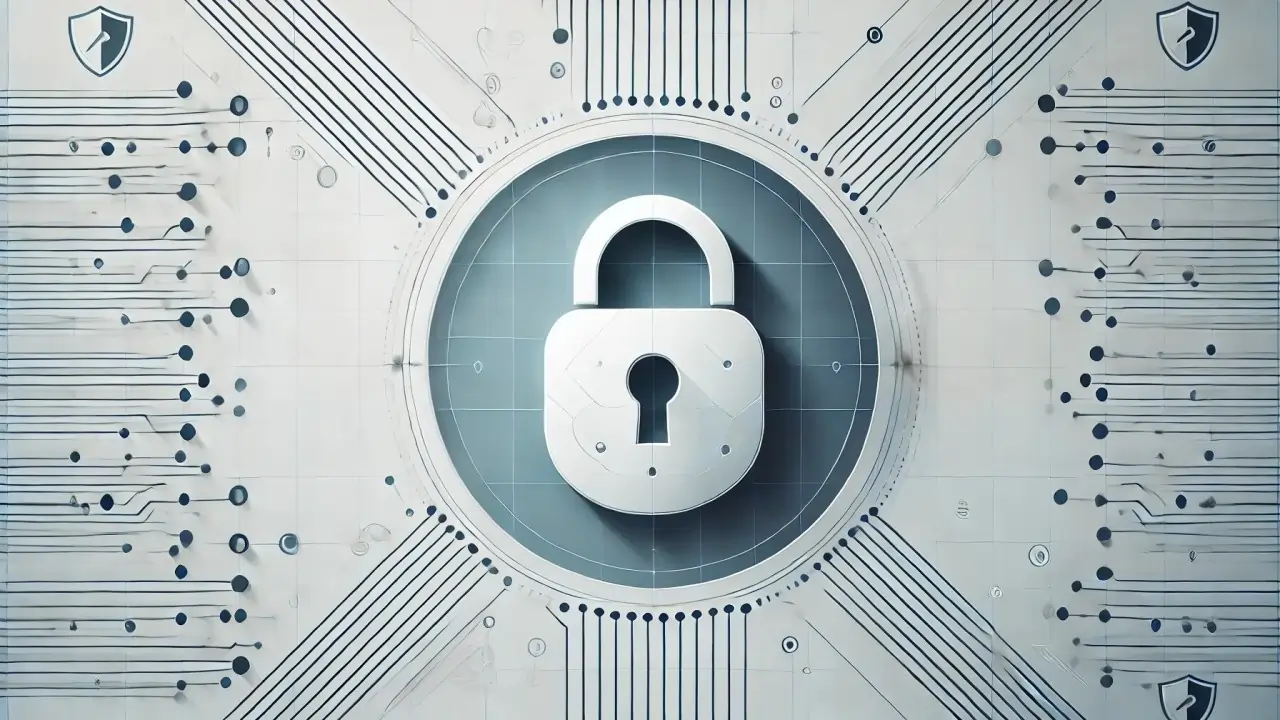The End of the Password: A Glimpse into Biometric Security
For decades, passwords have been our primary gatekeepers for digital life. We use them to access emails, bank accounts, social media, and virtually every online service. Yet, passwords are notoriously weak. They are easy to forget, often too simple, and vulnerable to breaches. The constant pressure to create complex, unique passwords for countless accounts has become a significant headache for users and a security nightmare for companies. This frustration fuels a pressing question: is there a better way? The answer, increasingly, points towards biometric security. Imagine a future where your unique self — your fingerprint, face, or even your heartbeat — becomes the ultimate key. This shift promises not only greater convenience but also a far more robust defense against cyber threats.
Why Passwords Are Failing Us

The current password system is fundamentally flawed. Humans are not good at creating or remembering strong, unique passwords for every service. We often reuse passwords, choose easily guessable sequences, or write them down. Hackers exploit these weaknesses through various methods, from brute-force attacks to phishing scams that trick users into revealing their credentials. Data breaches are a common occurrence, exposing millions of passwords and leading to identity theft and financial fraud. The “password fatigue” we all experience makes us less secure, not more.
The Human Element: Our Biggest Vulnerability
Our reliance on human memory and diligence is the Achilles’ heel of password security. Even with two-factor authentication (2FA), which adds an extra layer of protection, the initial password remains the most vulnerable point. Users often choose easy-to-remember passwords because they juggle dozens of accounts. This convenience comes at a high cost, making systems ripe for compromise. Organizations invest heavily in security, yet a simple, weak password can undermine all their efforts. The system needs an upgrade, one that removes the weakest link: us.
“Passwords are like ancient locks in a digital fortress. They were once essential, but the modern threats demand a far more sophisticated defense.”
Biometrics: The Future of Identity
Biometric security offers a compelling alternative. Instead of something you know (a password) or something you have (a security token), biometrics uses something you are. This includes physical characteristics like fingerprints, facial features, iris patterns, or even behavioral traits like your typing rhythm or gait. The technology works by capturing a unique biological or behavioral trait, converting it into a digital template, and then comparing subsequent scans to this template for authentication. This process is far more difficult to trick than guessing a password.
How Biometric Security Authentication Works
When you enroll in a biometric system, the device scans your unique trait and creates a mathematical representation (template) of it, which is then securely stored. When you try to log in, the device scans your trait again, creates a new template, and compares it to the stored one. If they match within a certain tolerance, access is granted. This process is quick, seamless, and, crucially, unique to you. Unlike a password, which can be shared or stolen, your biometrics are an inherent part of your identity.
Beyond Fingerprints and Faces: Emerging Biometric Technologies
While fingerprint and facial recognition are the most common forms of biometrics today, the field is rapidly advancing. Researchers are exploring even more sophisticated and harder-to-spoof methods. These include iris and retina scans, which offer incredibly high accuracy, and even behavioral biometrics that analyze unique patterns in how we interact with our devices. Imagine your smartphone recognizing you not just by your face, but by the way you hold it, the pressure you apply to the screen, or your unique speaking voice.
The Promise of Continuous Authentication
One of the most exciting advancements is continuous authentication. Instead of authenticating once at login, behavioral biometrics can constantly verify your identity in the background. If your typing style or mouse movements suddenly change, the system could flag it as suspicious, even if someone managed to bypass an initial login. This creates a dynamic, always-on security layer that adapts to your unique behavior, making it incredibly difficult for unauthorized users to maintain access to your accounts. This level of persistent verification moves us beyond simple gates to an intelligent, watchful guardian of our digital identities.
